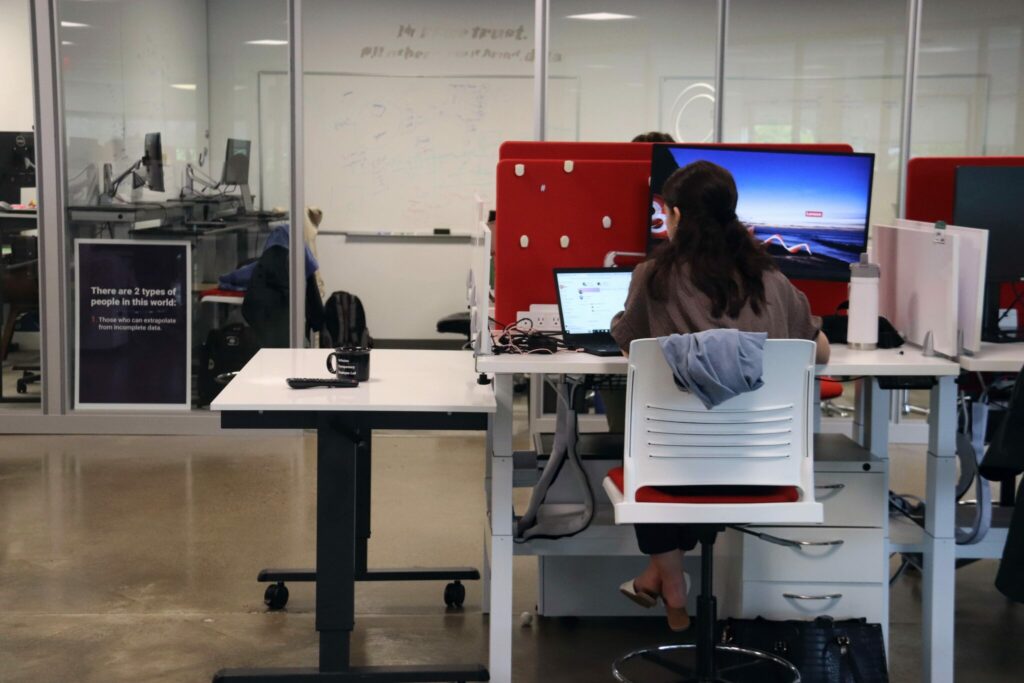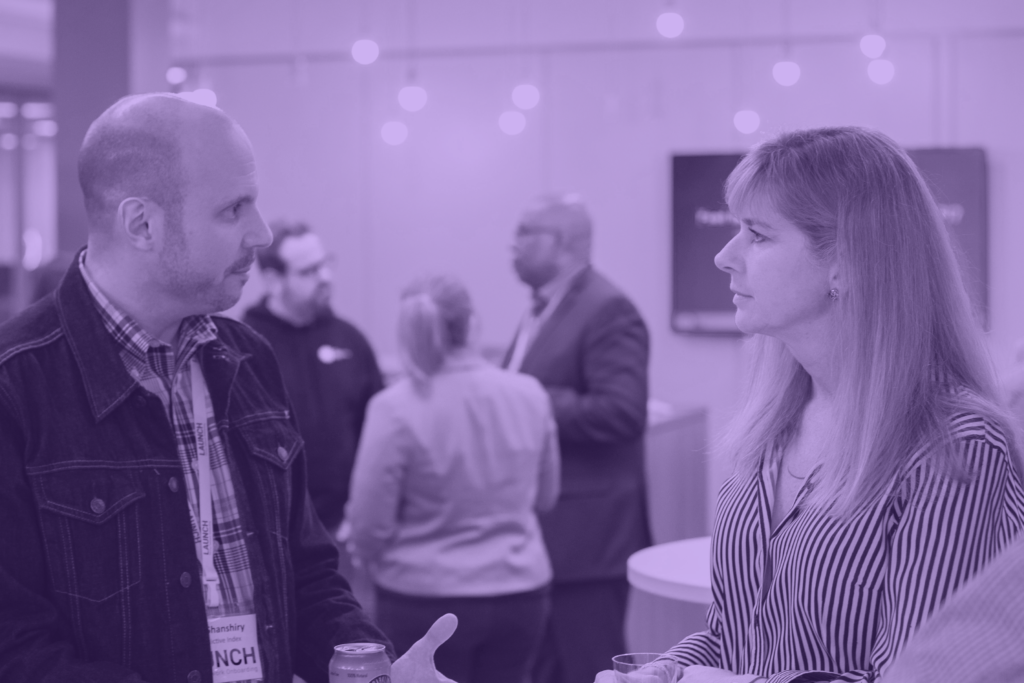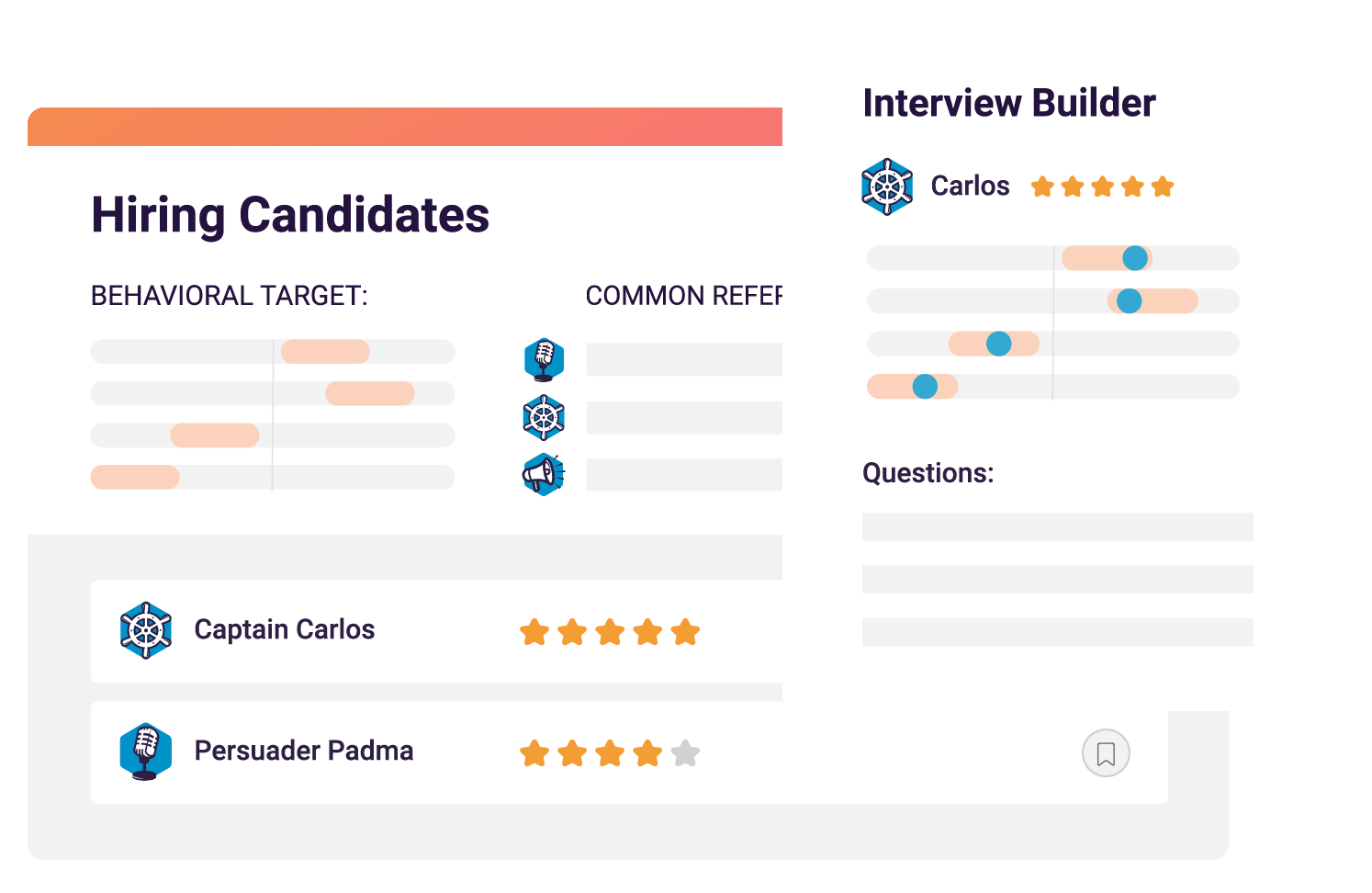Is there any more dynamic profession than human resources (HR)? Doing this job well means more than just understanding what your employees want. It means being able to anticipate how you can help your organization’s employees succeed at their jobs, advance their careers, and find satisfaction in their workplace.
But with new technologies like AI rapidly disrupting the workplace and the ongoing effects of the shift out of the office (and then back in), it can be hard knowing how best to support your workers. Being an effective HR leader today requires you to keep both an ear to the ground, and your eyes on the horizon, so that you can react to challenges, spot opportunities, and capitalize on both.
Fortunately, we’re here to help out. Let’s dive into some of the key trends that we see shaping the strategies and priorities of HR leaders in 2024.
Give managers the tools they need to drive performance
The all-in-one platform for managing meetings, feedback, goals, and employee recognition, supercharged with behavioral insights.
Understanding the importance of HR trends for leaders
First, let’s ask a question: Should HR leaders even be paying attention to trends these days? Or is it enough to stick to the tried-and-true principles that have always worked ?
While there’s no doubt that some supposed trends are actually more like fads (is anyone still talking about the Metaverse anymore?), we think there’s a strong argument to make for why today’s HR execs should be on the constant lookout for ways their profession may be changing for good:
- Work is more dynamic than ever. This should come as no surprise for anyone who’s been in the workplace for the past few years, but it bears repeating. The pace of technological change, the rapid societal shifts, and the uncertainty of our economy all add up to a very fluid and unpredictable environment for HR. That’s why it can pay to keep a lookout for what’s changing next.
- There’s no longer a ‘best’ HR approach. As recently as a decade ago, there may have been some strong opinions about how HR should function. However, as our workplaces have become increasingly fragmented (along with the way we work ourselves), so has our approaches to HR. Now, the best way to manage and support your workforce will depend on a dizzying array of factors, all of which mean that what works best for you may depend on which trends are most conducive to the needs of your people.
- Experimentation can be its own reward. If there’s one aspect of HR that has stayed constant, it’s that employees appreciate it when they can see their HR leaders trying new ways to reach out to them and support their work. With uncertainty coursing through nearly every facet of our professional lives these days, this willingness to experiment and see what sticks can be a powerful way of showing how much you care about your people.
The trends shaping HR leaders in 2024
While some of these trends aren’t exactly brand new, they do collectively show how our industry continues to move toward a more inclusive and nuanced view of what HR can do.
The prioritization of diversity in the workplace
Diversity has long since transitioned from a mere buzzword to a fundamental pillar of organizational success – and for good reason. Studies all over show that more diverse workplaces come with a host of benefits, such as an improved ability to make decisions and better opportunities for professional growth. That’s why the leading HR departments out there will not only see diversity as a moral imperative, but also as a key strategic advantage. By fostering a diverse workplace, you’ll position your organization to unlock more innovation, attract top talent, and more fully reflect the communities it serves.
Focus on employee well-being for remote and hybrid teams
The shift towards remote and hybrid work models has placed a spotlight on employee well-being. Specifically, what can organizations do to ensure that their distributed workforce is getting the same attention as their in-person employees? In response, more HR leaders are implementing initiatives that prioritize the physical, mental, and emotional health of their remote and hybrid workers. This can include anything from flexible scheduling to mental health resources to social events. Regardless, it’s important for organizations all over to start reimagining their traditional approaches to employee well-being in order to suit the needs of their remote and hybrid teams.
A people-first approach to learning & development
Although continuous learning and development was once considered a nice perk, it’s now largely seen as essential for at most organizations. That’s because many workers no longer see their jobs as an end unto themselves, but as a stepping stone for their larger career growth – and they expect their employers to support them in this. In turn, HR leaders are embracing this by taking a people-first approach to learning and development. You’ll find more personalized training programs, an increasing number of mentorship opportunities, and even upskilling initiatives tailored to individual employee needs. By making these investments in their workforce, organizations can nurture talent internally and help future-proof their teams.

The rise of internal recruiting
As the talent landscape remains competitive, it should come as no surprise that more organizations are turning inward to fill key roles. But this strategy offers significant benefits beyond just convenience. For one, internal recruiting enables HR leaders to leverage the skills and expertise of their existing employees – which can be particularly valuable if the organization has already been investing in their professional growth (see above). This will not only foster a culture of growth, but also help reduce hiring costs, enhance employee retention, and cultivate a workforce that’s invested in the company’s success.
Sustainability success
The connection between sustainability of all types (whether environmental, social, or ethical) and business success has become crystal clear at this point. Organizations as large as Microsoft and IBM have made sustainability pillars of their company. Why? Sustainable organizations burnish their brands with customers, show their employees they are committed to a purpose beyond just profits, and are better able to focus on long-term goals. All this means that HR leaders are increasingly looking for new ways to integrate sustainability initiatives into their organizational strategies. These may include strategies for reducing carbon footprints (such as an emphasis on remote work) to the promotion of more ethical sourcing practices.
The growing influence of generative AI
Perhaps the most well-known trend influencing HR efforts this year is the continuing emergence of AI. Of particular value is generative AI, the type of machine learning that makes it possible for computers to create text, images, videos, and other content from large subsets of data. By leveraging this technology, HR leaders are discovering new ways to optimize their workflows and drive efficiencies across their industry. For example, generative AI can help HR departments write new job postings based on keywords or skill profiles. Alternatively, AI chatbots can utilize HR databases, then be employed to guide employees through their own personalized journeys. As this technology continues to mature, HR leaders who already know how to take advantage of it stand to benefit.
Data-driven decision-making during the hiring process
Although it may not be as new and glamorous as AI, data analytics has nevertheless become indispensable to HR decision-making. No longer content to manually sift through candidate profiles and resumes, data analytics tools are helping HR departments all over increase their productivity and improve their recruitment outcomes. Even more significant may be how these tools are helping to mitigate the unconscious bias that can sometimes pop up during the hiring process. The result is more informed and valuable hiring decisions that align better with business objectives.

Cracking the code of culture and staff retention
What makes for a good company culture? This is a question more HR leaders are focusing on than ever, as the link between a positive culture and high employee retention is now considered intrinsic. While there is no one answer here, you’ll find more HR departments looking at strategies for fostering employee engagement, collaboration, and belonging. Any initiatives that help them prioritize the employee experience while promoting inclusivity will likely be a win. Done right and these efforts will help reduce turnover and boost morale.
Join 10,000 companies solving the most complex people problems with PI.
Hire the right people, inspire their best work, design dream teams, and sustain engagement for the long haul.
Enhanced communication for flexible teams
Team flexibility, whether fully remote or hybrid, has already been established as the future of work. That makes it imperative for HR organizations to continue improving existing means of communication. In order to facilitate seamless collaboration across dispersed workforces, more HR leaders are finding creative ways to utilize new technology. For instance, an emphasis on asynchronous communication using tools like digital whiteboards can not only help bridge geographical divides, but also help build a greater sense of belonging among remote employees.
Expansion of employee benefits
While employee benefits are nothing new, the way HR leaders are looking at them these days is. These benefits have begun to evolve beyond traditional perks like increased vacation days or bonuses and are now encompassing a wider range of services that reflect the values of today’s workers. These may include mental health support, childcare support (either on-site or off), and student loan or debt assistance. And there are plenty of other creative benefits out there too. Regardless, more HR leaders have learned that by going the extra mile and showing how much they prioritize employee well-being, they can attract and retain more top talent.
What does the future of HR look like?
Just like the workforce itself, the future of HR continues to evolve. Looking ahead, it seems clear that HR departments all over are working hard to respond to the changing needs of their employees by making themselves more agile and innovative. We’ll continue to see HR embrace technological advancements, champion the ideals of diversity and inclusion, and search out new ways to center the employee experience. In all, we’re optimistic that HR leaders will be able to keep navigating the complexities of the modern workplace and drive organizational success.








